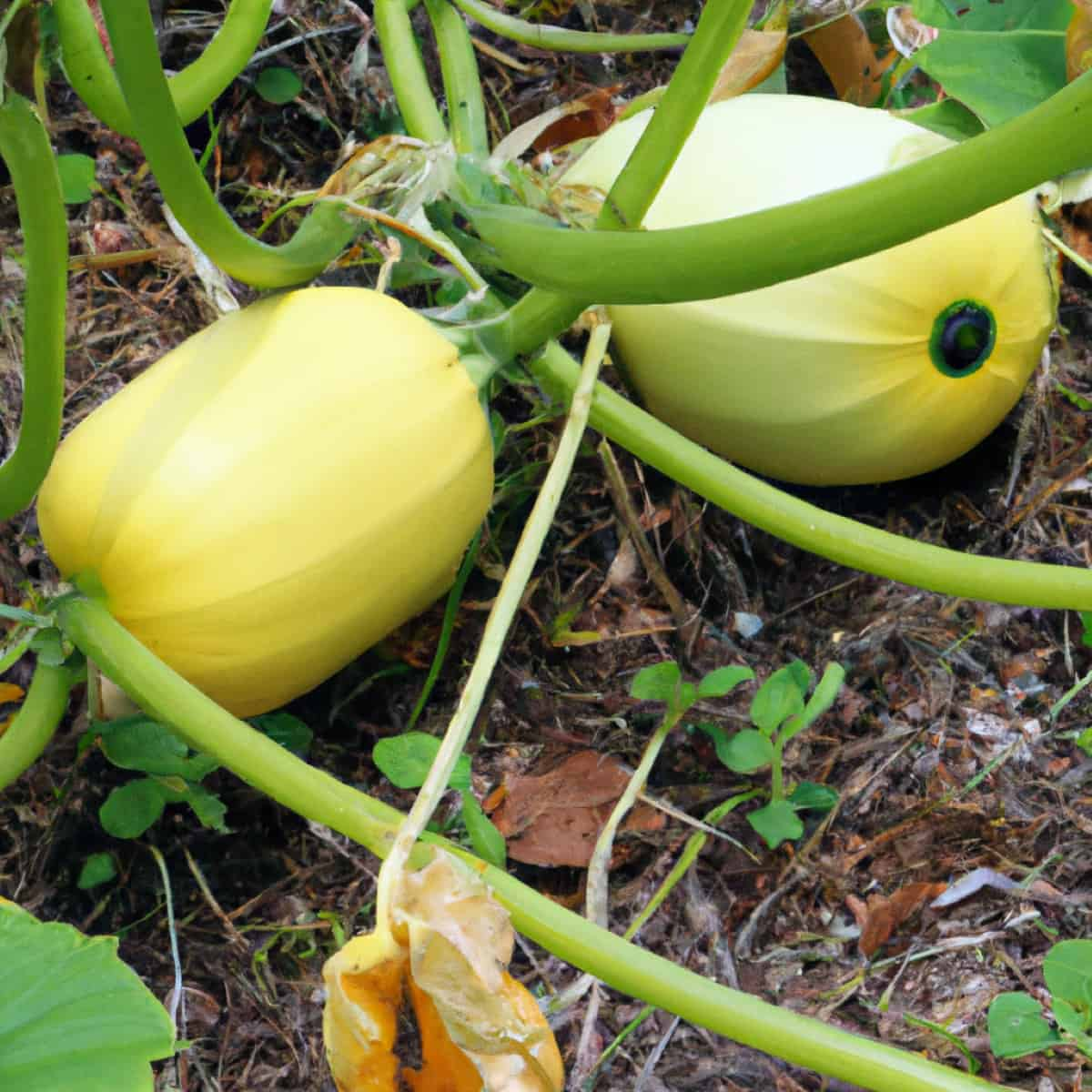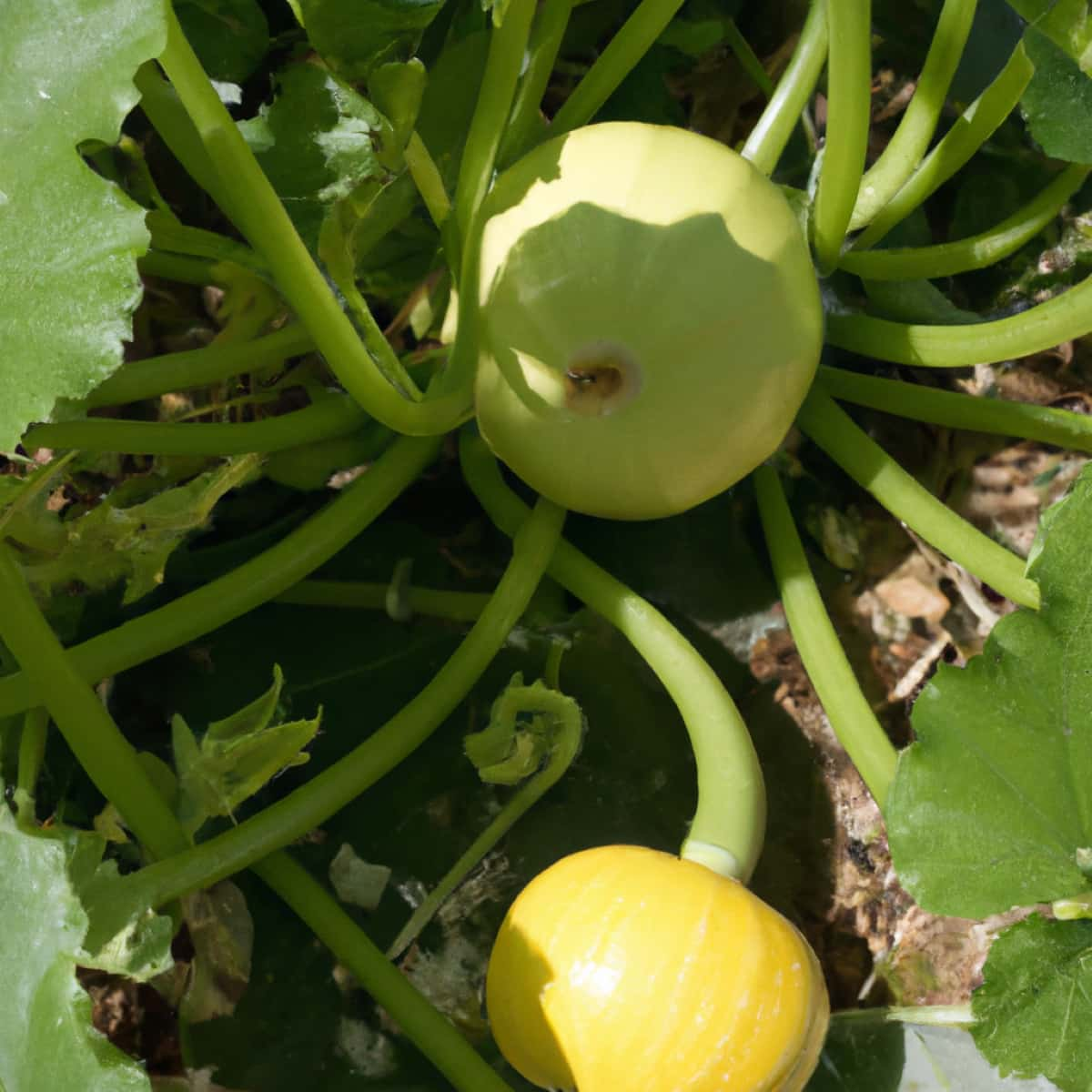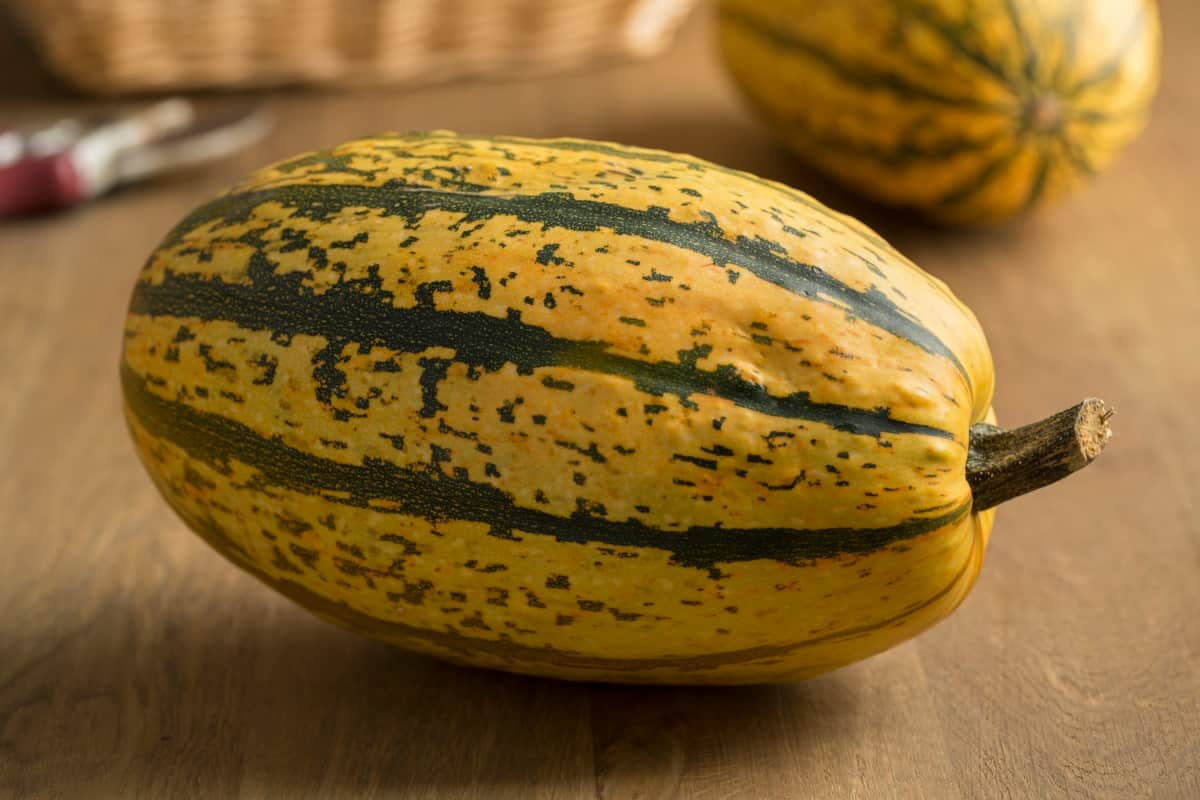Growing your own vegetables can be exciting, especially when cultivating something as versatile and delicious as spaghetti squash. This squash variety is unique for its stringy flesh, which, when cooked, pulls apart in strands reminiscent of spaghetti. But how exactly do you grow and care for spaghetti squash? Here we discover the process and gain insights into growing this interesting plant.

How to Grow and Care for Spaghetti Squash
Best Soil for Growing Spaghetti Squash
Growing spaghetti squash begins with understanding the soil the plant needs to thrive. These plants prefer well-draining soil with a slightly acidic to neutral pH, ideally between 6.0 and 7.0. Amending your garden soil with compost or well-rotted manure can help improve its fertility.
Sandy loam soil is often considered the best, as it has good drainage, which prevents waterlogging and subsequent root diseases. However, spaghetti squash is reasonably adaptable and can tolerate various soil types as long as the drainage is adequate and the soil is fertile. Ensuring these soil conditions are met will set your plants on the path to healthy development.
Sunlight Requirements for Healthy Spaghetti Squash
Like most squash varieties, spaghetti squash is a warm-season plant that thrives in full sun. 6 to 8 hours of sunlight are needed. The sunlight is vital for photosynthesis; the process plants make food. More sunlight equates to more energy for growth and higher yields. In particularly hot climates, some afternoon shade can prevent the plant from overheating or getting sun-scald on the fruits. Consider the sun’s path across your garden when choosing a planting site. The site should also be spacious, as spaghetti squash vines can sprawl up to 20 feet.
Propagation of Spaghetti Squash from Seed
Spaghetti squash cultivation involves seed propagation. After the frost risk subsides and the temperature reaches 60 degrees Fahrenheit, it is suitable to directly plant the seeds into the garden soil. Alternatively, for an earlier start, you can initiate seed germination indoors approximately three to four weeks before the last anticipated frost.
When opting for indoor planting, it is advisable to utilize biodegradable pots that can be transplanted directly into the garden, minimizing root disturbance. Sow the seeds at a depth of approximately one inch, maintaining a minimum spacing of 3 feet between each seed. Maintain soil moisture until germination occurs, typically within a span of one to ten days.
Tips for Planting Spaghetti Squash Seeds
When planting spaghetti squash seeds, consider planting them in hills or mounds. This traditional method offers several benefits, including improved drainage and warmer soil conditions, which the heat-loving squash plants appreciate. To plant in hills, prepare the soil by removing weeds or rocks, then form a small mound about 12 inches in diameter and 6 inches high.
Plant 3-4 seeds in each mound, keeping the mounds at least 3 feet apart for bush varieties or 4-5 feet apart for vining types. Once the seedlings emerge and develop their first set of true leaves, thin them out, leaving the two strongest plants on each hill.
Watering Schedule for Spaghetti Squash Plants
Watering is crucial for spaghetti squash care. These plants, like other squash types, are thirsty and need consistent watering for healthy fruit production. It’s best to water spaghetti squash deeply once or twice a week instead of frequent light watering. This helps the roots grow deeper, making the plant more resistant to drought.
In case you missed it: How to Increase Female Flowers in Squash: Explained in 10 Simple Steps

Generally, spaghetti squash requires around 1 to 1.5 inches of water per week, but this may vary based on your climate. To prevent fungal diseases, it is advisable to refrain from wetting the leaves while watering. Instead, direct the water to the plant’s base. Ideally, water in the morning provides daytime moisture and enables excess water to evaporate before evening.
Growing Spaghetti Squash in Pots/Containers
Growing spaghetti squash in pots or containers is possible, especially if garden space is limited. Choose a large, sturdy container with ample drainage holes to grow spaghetti squash in a pot. The pot should be 18-24 inches in diameter and depth to accommodate the squash’s substantial root system. To ensure optimal growth, start by filling the pot with a premium potting mix that has good drainage.
To boost nutrient availability, you may also want to mix in some compost or a slow-release granular fertilizer. If you’re limited on space, consider opting for bush-type spaghetti squash varieties, as they are well-suited for container gardening and take up less room. Despite the restricted growing area, the same care instructions apply: the plants need plenty of suns, regular watering, and occasional feeding to thrive.
Fertilizer Recommendations for Spaghetti Squash
Spaghetti squash, like all squash varieties, are heavy feeders, meaning they require a good supply of nutrients to produce high yields. A balanced vegetable garden fertilizer with a ratio of N-P-K (Nitrogen-Phosphorus-Potassium), such as 10-10-10 or 14-14-14, can be used. However, spaghetti squash has specific nutrient needs at different stages of growth. At planting time, it benefits from high-phosphorus fertilizer to support root development.
Once the plant starts blooming and setting fruit, a high-potassium fertilizer can help boost fruit production. Additionally, incorporating compost or well-rotted manure into the soil can provide a slow-release supply of nutrients over time. Always follow the manufacturer’s instructions when applying fertilizer, as over-fertilizing can be as detrimental as under-fertilizing.
Pruning and Trellising Methods for Optimal Spaghetti Squash Growth
Pruning and trellising are beneficial practices for optimal spaghetti squash growth. Pruning involves removing some of the plant’s growth to encourage better air circulation, reduce disease incidence, and concentrate the plant’s energy on fruit production. Typically, pruning includes removing weak or diseased vines and trimming the plant’s tips once it has set enough fruit.
In case you missed it: How to Grow and Care for Poinsettia: A Step-By-Step Comprehensive Guide

Trellising, on the other hand, involves supporting the spaghetti squash vines on a structure. This can be especially beneficial for gardeners with limited space, as it allows the plant to grow vertically rather than horizontally. Trellised spaghetti squash plants also tend to have fewer problems with pests and diseases due to improved air circulation and reduced contact with the soil. It’s important to provide a sturdy structure when trellising spaghetti squash, as the vines can become quite heavy with fruit.
Conclusion
Growing spaghetti squash can be a rewarding experience, yielding a tasty, nutritious harvest. By understanding the plant’s requirements and providing the right conditions, you can successfully cultivate this fascinating plant in your garden.
- Ultimate Guide to Ossabaw Island Hog: Breeding, Raising, Diet, and Care
- Ultimate Guide to Juliana Pig: Raising Facts, Size, Diet, Care, and Lifespan
- Raising Lleyn Sheep: Disadvantages, Price, Uses, Characteristics, and Care
- Ultimate Guide to Meishan Pig: Breed Facts, Breeding, Raising, and Care
- Ultimate Guide to Teacup Pigs: Raising, Diet, Lifespan, Cost, and Care
- Guide to Raising Poll Dorset Sheep: Facts, Profile, Characteristics, Uses, and Care
- Ultimate Guide to Bighorn Sheep: Characteristics, Diet, Lifespan, Breeding, and Lifecycle
- Ultimate Guide to Raising Katahdin Sheep: Farming Facts, Breed Profile, Uses, and Care
- Ultimate Guide to Raising Oreo Cows: Belted Galloways Farming Facts, Profile, Uses, and Care